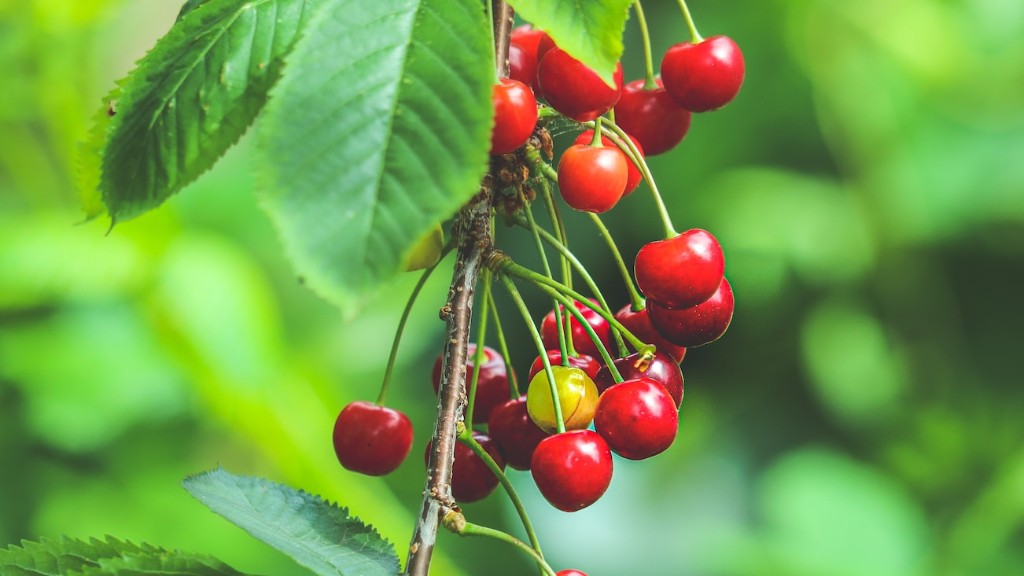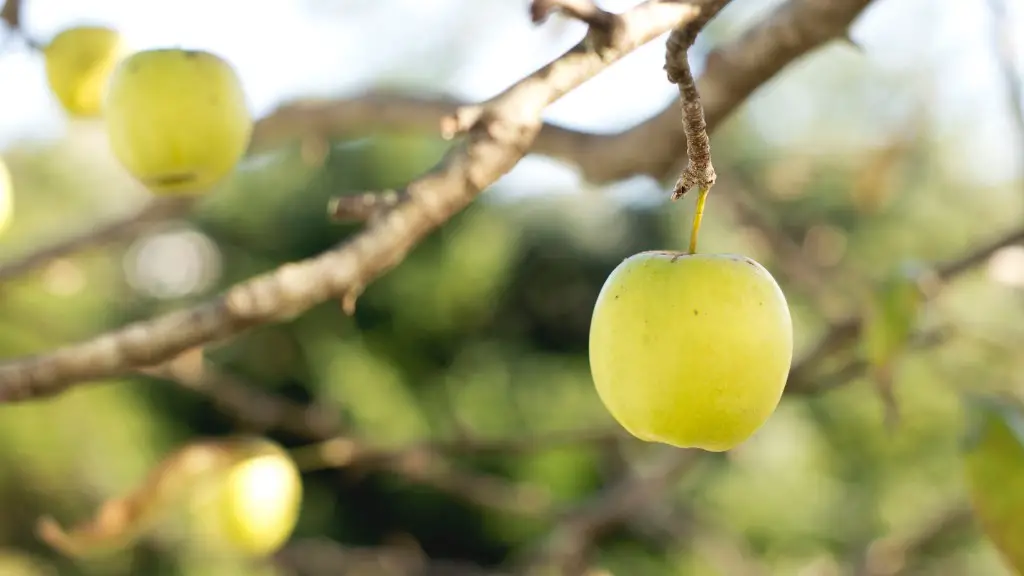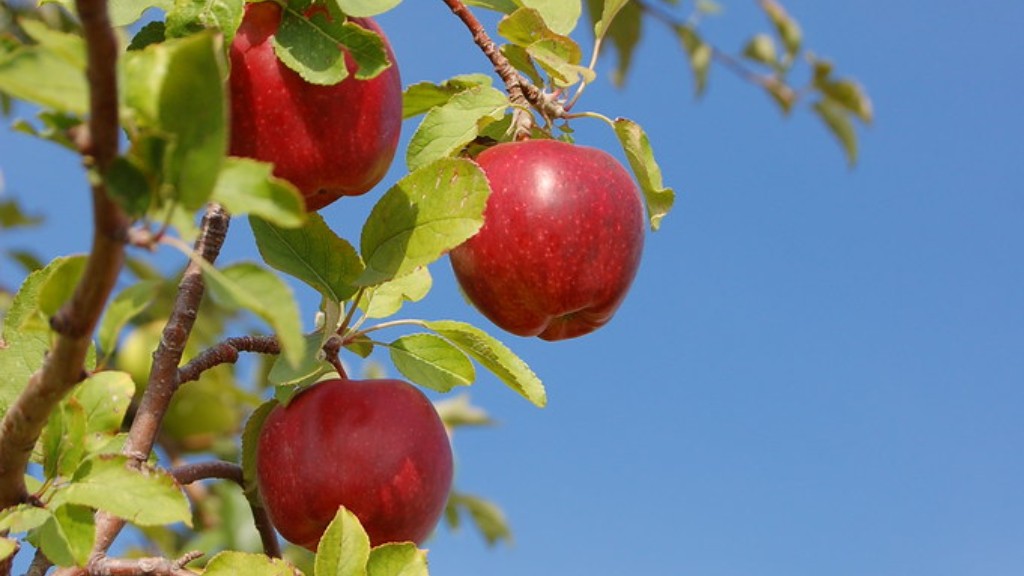Avocados are one of the most popular foods in the world, but did you know that it is also possible to grow an avocado tree from a seed? Growing an avocado tree indoors is not only a fun and rewarding project, but it can also provide you with a supply of delicious avocados. This article will provide a step-by-step guide on how to grow an avocado tree from seed indoors.
The first step is to collect an avocado seed. Avocado seeds should be ripe, but not overripe. The size of the seed is important, as larger seeds are more likely to sprout. It is important to have a seed that is as fresh as possible, as the seed will begin to lose its viability if it has been stored for too long. Once you have a ripe seed, wash it off with warm water and make sure to dry it before you begin the planting process.
Once you are ready to start planting your avocado seed, fill a small pot with potting soil and make a small hole in the center. Place the seed in the hole and lightly cover it with soil. The seed should be pointed end up. Water the seed until the soil is completely soaked and put the pot in a warm place. It is important to keep the seed moist but not over saturated. Too much water can cause the seed to rot.
In two to six weeks, the seed should begin to sprout. Once it does, transfer the pot to an area that receives partial sunlight. It is important to protect the tender new sprout from direct sunlight at first. As the plant begins to grow, the leaves should be slowly exposed to more direct sunlight. The plant should be watered regularly and fertilized with a balanced fertilizer every two weeks.
In the next step of the process, prune the top of the plant when it reaches a height of around three feet. This will help to promote bushier new growth. The next step is to train the stems to form the shape of the tree. This can be done by gently tying the stems to a bamboo or wooden stake. Once the tree has reached a height of five or six feet, prune it back again. This will encourage growth and should keep the tree to a manageable size.
As the tree grows, you may see small avocado-like fruit developing on the branches. Allow the fruit to ripen on the vine. Once the skin has turned dark green or black, the fruit is ripe and ready to be harvested. The fruit should keep for a couple of weeks if kept in a cool, dry place.
With a little bit of care, it is possible to produce a beautiful and productive avocado tree from a seed. It is a fun and rewarding project that will reward you with a supply of delicious avocados for years to come.
Choosing the Right Seed
When choosing an avocado seed, it is important to select one that is ripe but not overripe. Overripe seeds are less likely to sprout and smaller seeds will take much longer to develop. It is important to have a seed that is as fresh as possible, as the seed will begin to degrade if it has been stored for too long.
Avocado seeds come in a variety of sizes and shapes, but the larger seeds are the ones that are more likely to sprout. A larger seed will also have a higher success rate of producing a productive and healthy tree. If you can, try to select the largest seed you can find.
The varieties of avocado seeds will also affect the health and productivity of the tree. While many varieties of avocado trees will do well indoors, some varieties are more suited for outdoor growing. If you are looking for an avocado tree that is productive and can withstand extreme temperatures, be sure to research the variety of avocado seed before planting.
Keeping Your Tree Healthy
As the tree grows, keeping it healthy is important. The tree should be watered regularly and fertilizer should be applied every two weeks. Make sure to keep the soil evenly moist but avoid over-watering as it can lead to root rot. An excess of light or too little light can also stunt the growth of the tree, so make sure to keep the tree in a partially shaded area.
Pruning is also important for maintaining a healthy avocado tree. Pruning should be done when the tree reaches a height of around three feet. Pruning the top of the tree will help to promote bushier new growth, and training the stems to form the shape of a tree is also important. Pruning should be done every year and should be done in the early spring before the tree begins to flower.
Protecting Your Tree from Pests
Another important factor in keeping your avocado tree healthy is protecting it from pests. The most common pests that affect avocado trees are aphids, mites, scale, and whiteflies. Early detection is key to preventing this problem, so regular check-ups are important. Insecticidal soap is an effective treatment option and natural predators such as ladybirds and lacewings can be very helpful in controlling the population of these pests.
In some cases, birds can also be a problem. If you see birds picking at the fruit or branches, it is best to cover the tree with netting to protect it from pests. It is also good practice to routinely clean up fallen leaves and fruit to discourage pests from taking refuge near the tree.
Harvesting the Fruit
After a few years of taking care of your tree, you should see small, avocado-like fruit start to develop. Allowing the fruit to ripen on the vine will give it more flavor and sweetness. The skin of the fruit should be dark green or black when it is ready and can then be picked from the tree. The fruit should keep for a couple of weeks if it is kept in a cool, dry place.
Avocado trees can be a rewarding and fun project to undertake. With the right care and attention, you can grow a healthy and productive avocado tree that will provide you with a supply of delicious avocados for years to come!
Best Varieties to Grow Indoors
It is important to select an avocado variety that is best suited to indoor growth. While many varieties of avocado trees will do well indoors, some varieties are more suited for outdoor growing. Popular varieties for growing indoors include ‘Hass’, ‘Fuerte’, and ‘Mexicola’. These varieties are known to be cold-tolerant and show good resistance to disease and pests.
When planting the seed, it is important to consider the climate that the tree will be grown in. Cooler climates may require more warmth and humidity, while hotter climates may require more sunlight. While an avocado seed can be started in any season, more success will be had if the seed is planted in the spring as it is the season that offers the most consistent temperatures and environmental conditions.
Some varieties of avocado trees, such as the ‘Hass’ variety, will produce fruit in as little as two or three years when grown indoors. However, the time frame can vary depending on the variety and the growing conditions. If caring for the tree properly, you should see fruit developing in approximately three to four years.
Creating the Right Environment
Apart from choosing the right variety of avocado tree, creating the right environment is also important. The tree should be kept in an area that receives some light but is not too sunny. An area that receives a few hours of sunlight each day should be sufficient. The tree should also be kept away from drafts and other chilly areas that may damage the delicate foliage.
It is important to keep the room containing the tree at a temperature between 65-85 degrees Fahrenheit. Keeping the temperature in the optimal range will help the tree to grow and will also help to protect it from disease. Humidity is also important, as the air should be between 40-60% humidity. If the air is too dry, mist the leaves regularly.
As long as the environment is suitable and the tree is provided with the right amount of light and moisture, it should grow successfully. With some patience and care, your avocado tree will be a healthy and productive source of avocados for years to come.



